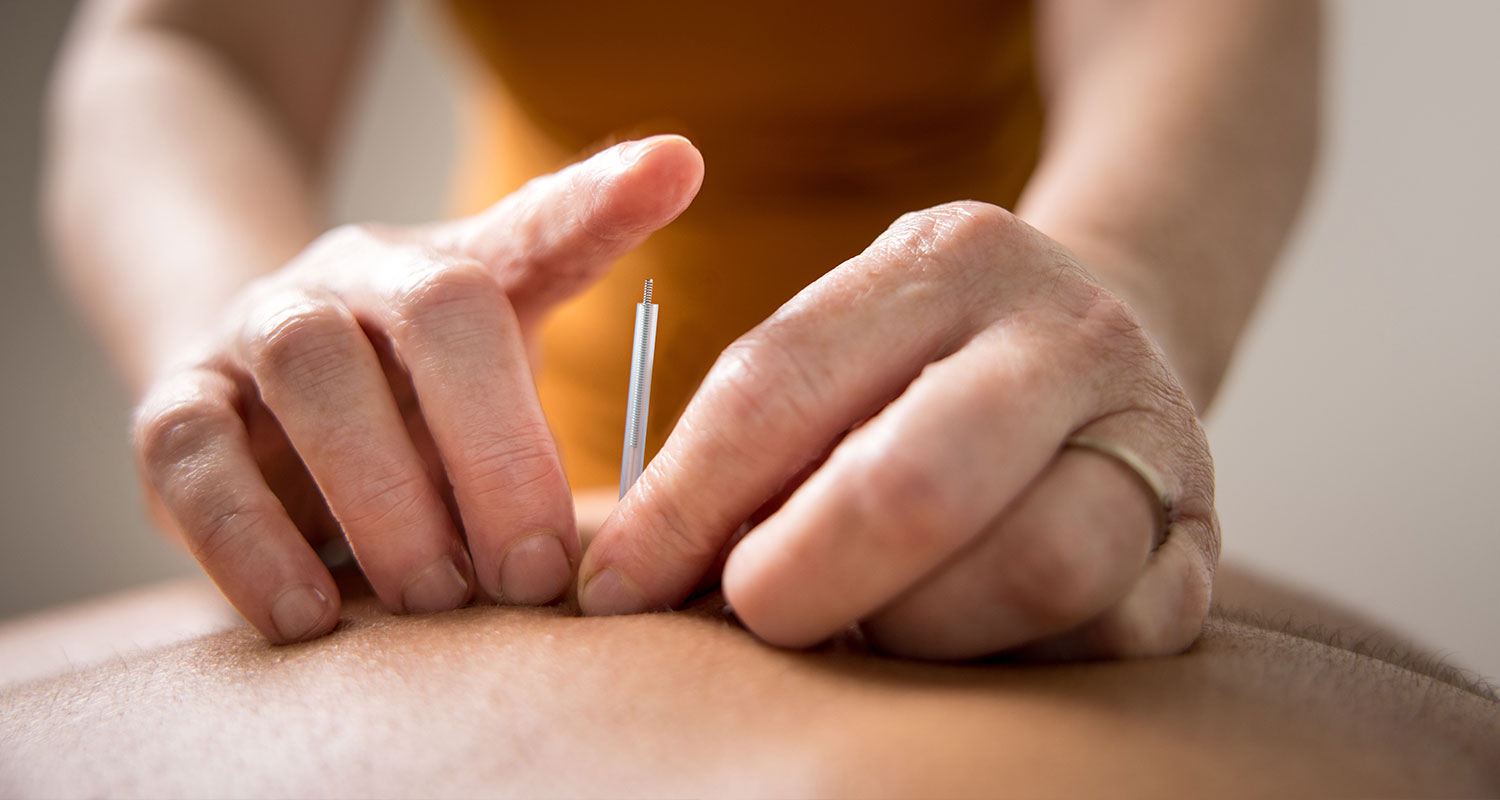
What is Trigger Point Dry Needling & Is it the Same as Acupuncture?
First, why should we care as health consumers?
Dry Needling is a specific Acupuncture technique that is performed by
someone other than a licensed Acupuncturist.. As licensed Acupuncture and East Asian providers, our training of 3 ½ years and a master’s degree provides us with the training to be knowledgeable, careful, and holistic practitioners. Emulating Acupuncture without proper training, context, and reverence for the beauty of an indigenous and holistic medicine, is harmful to the medicine, antithetical to East Asian Medicine and potentially harmful to the patient. (An understanding of needle depth at each trigger point is vital to the health of underlying organs and tissue).
Acupuncture is the insertion of fine needles, filaments, into the skin and muscle in order to obtain a physiological response. Dry needling is just one of the many Acupuncture techniques used to create a physiological result. More specifically, it refers to how the needle is inserted and manipulated. In our graduate program, we learn many needle insertion and manipulation techniques. In Chinese medicine we do not call it dry needling, it is simply an Acupuncture technique for trigger points.
What are Trigger Points and what is Trigger Point Dry Needling?
Trigger points are knots that develop in the taut muscle bands due to injury, strain, trauma, to name a few. These knots do not allow the muscle to fully relax and limit blood flow. This may result in pain at the knot and referred pain. An example is the trigger point many of us can feel at the top of our shoulders (if you draw a line with your finger from the top of your arm across your shoulder to your neck, you might feel a knot in the middle). If you press on it, you may feel pain at the center of the knot and as well as experiencing referred pain up the side of your neck.
Acupuncture needles are inserted and manipulated into the sweet spot of the trigger point with the objective of causing a “twitch.”. This twitch causes a release and allows the muscle to relax, thereby, causing a reduction of pain at the site of the trigger point and it’s referred areas of pain, and an increase of blood flow to help elicit a healing response.
In Chinese medicine, many of these Trigger Points (92%) are Acupuncture Meridian Points and some of these are extra points called Ah Shi Points. Ah Shi translates into Yes! That’s it!
As you may have experienced for yourself, when you press on a trigger point (like that one on top of your shoulder) you may feel referred pain. Many of the trigger points with referred pain are actually along the meridians! That pain on top of the shoulder is the same meridian/channel as that point at the base of your skull. When you receive Acupuncture, we needle both the trigger point and along the meridian to relieve pain both at the site and along the channel. It’s pretty cool stuff!
All of our providers hold a master’s degree in Acupuncture and East Asian Medicine, are experienced in Acupuncture and Pain Management and can help you determine what techniques would be appropriate for you. More importantly, in keeping with our training and reverence for our medicine, we treat ethically, safely, and holistically. Treatments may also include Cupping, Gua Sha, Dietary Therapy and Lifestyle Counseling.